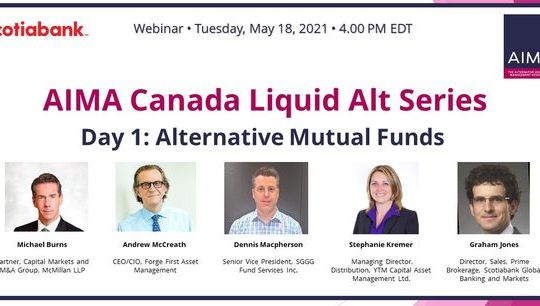The next frontier for alternative investments
Published: 07 September 2022
Amidst treacherous market conditions and flagging returns for equities and bond markets, familiar levers are being pulled once again by institutional investors, turning to alternative investments in a bid to protect capital and manage the risks in their portfolios.
For a long time, alternative investments have been a mostly exclusive arrangement for institutional investors and ultra-high net worth individuals. Currently, retail investors (the merely wealthy) hold very little in the way of alternative investments, analysts estimate anywhere from 2% to 10% of individual investor capital is allocated, but a quiet revolution is underway which is set to transform public and private market investing.
Recent industry research by PERE[1] indicates that over half of all alternative investment fund managers expect retail investors to account for a larger proportion of their AUM over the next five years. The democratisation of products is not just being rolled out across public markets but in private markets too. This trend appears to be backed up by industry giants Blackstone and KKR, both of whom have been actively developing investment solutions for individual investors with the latter recently declaring that it expects to see as much as half of its total fundraising come from its retail channel over the coming years[2].
The reason behind this growing appetite from individual investors can be explained by the same factors that pushed institutional investors to allocate to alternative investments, the flexibility and resilience of the asset class, their ability to diversify and manage risk as well as the potential for out-performance in volatile economic periods like we are currently experiencing.
The impetus for this change has also been supported by recent regulatory developments that enable retail investors to have access to alternative investments. US and European rule-makers are leading the way in unveiling plans to enable individual investors to participate in public and private markets. Notably in the US, the definition of ‘accredited investor’ was expanded to include some investment professionals based on their regulatory status rather than their net worth, enabling more investors to participate in private offerings.
Although institutional investors remain key client targets, asset managers are seeking to broaden their investor base, including how best to capture growth opportunities that exist within the retail investment sector.
Retail participation in hedge funds represents an area of increasing interest for individual investors looking to access alternative assets that are offering the potential for attractive, differentiated returns through a generally more liquid and transparent fund format than investing in a traditional, less-liquid private fund.
At the beginning of the decade, the global liquid alternative market was valued at approximately $30 billion, including $13 billion in hedge fund strategies. By the end of last year, the market had grown over forty times to an estimated $1.21 trillion, including $700 billion in hedge fund strategies, with much of this growth coming after the 2008 global financial crisis. The ongoing growth and maturation of liquid alternatives as an asset class will inevitably bring a wider range of investment solutions for a pension trustee and other persons acting in a fiduciary capacity to consider.
At AIMA we have witnessed many changes take place across the alternative investment industry. As the democratisation of alternative assets gathers pace, educating individual investors will become an even greater priority. AIMA for its part will continue its role to facilitate knowledge sharing across the industry.
Arguably, the timing has never been better than now for us to publish the latest in our trustee education series, ‘Bridging the Gap’, which offers an insight into the growth of the liquid alternatives market, including the key areas for investors to consider when exploring ways to diversify their portfolio with liquid alternatives.
Whether you’re part of this first wave of retail investors to explore the utility of adding liquid alternatives to your portfolio or you’re simply seeking a more holistic view of the product landscape now in front of you, this paper acts as a powerful primer to begin your education. Download Bridging the gap: Mapping the liquid alternatives universe here
[1] PERE, Regulation & Fund Domiciles survey, October 2021.











